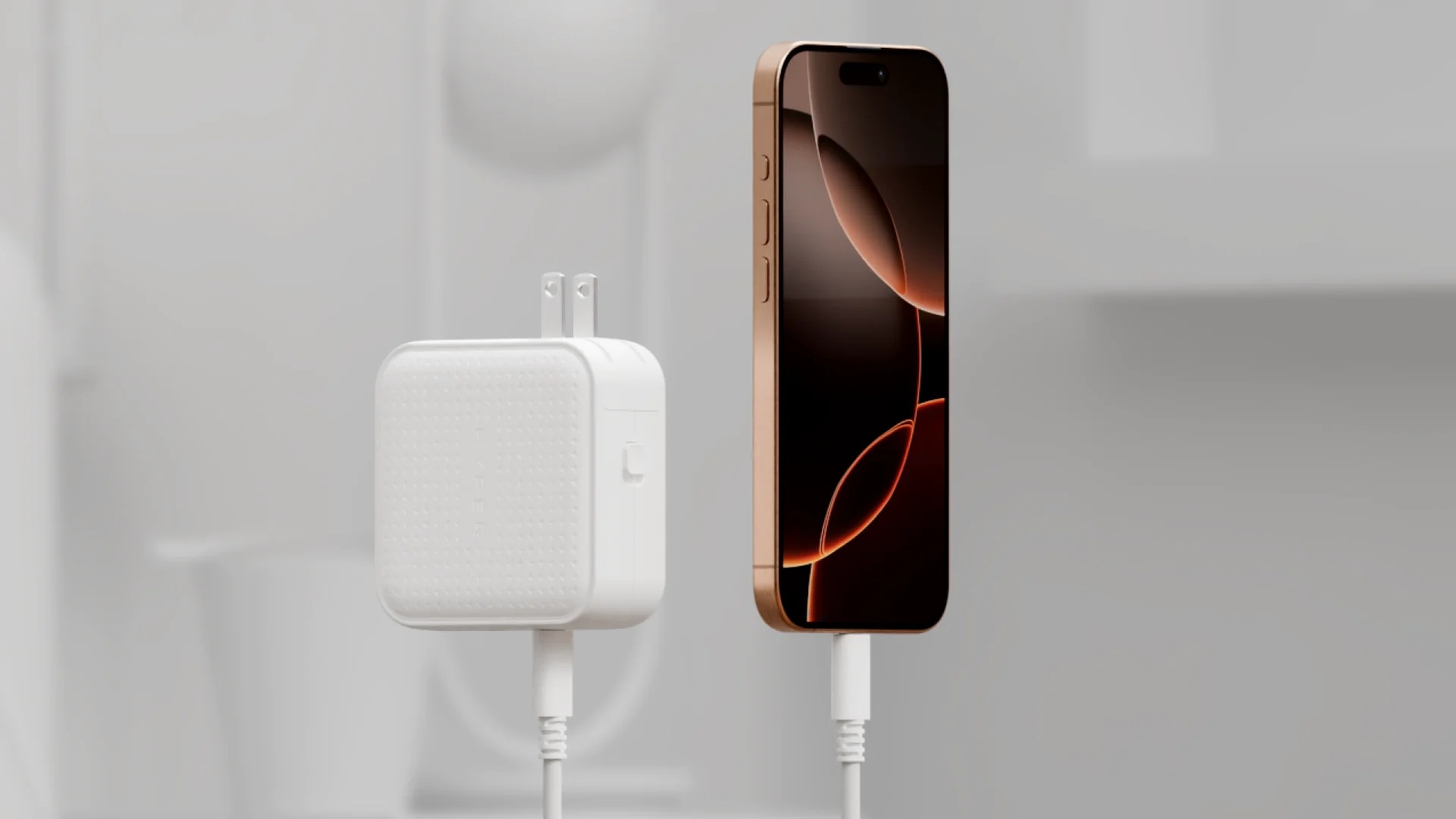While most telescopes focus on visible and infrared wavelengths, UVEX will probe the ultraviolet “realm,” revealing objects and events that other instruments cannot see. This shift in perspective promises important discoveries, especially about supernovae, neutron star collisions, hot young stars, and low-mass and metal-poor stars.
Scheduled to launch in 2030, UVEX will operate for two years in collaboration with other space telescopes such as Euclid, James Webb, Vera C. Rubin and Nancy Grace Roman. Each will observe different wavelengths, creating a large data set and painting a more complete picture of the Universe than ever before.
UVEX’s $300 million budget (not including launch costs) represents a significant investment in unlocking the secrets of the hottest, fastest and most elusive celestial events.
Source: Ferra
I am a professional journalist and content creator with extensive experience writing for news websites. I currently work as an author at Gadget Onus, where I specialize in covering hot news topics. My written pieces have been published on some of the biggest media outlets around the world, including The Guardian and BBC News.










